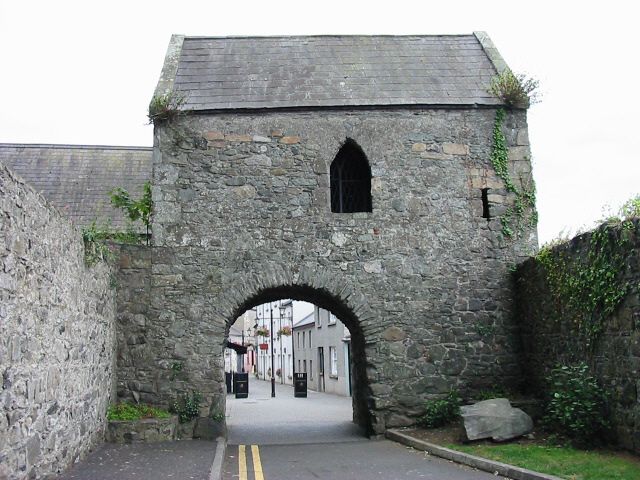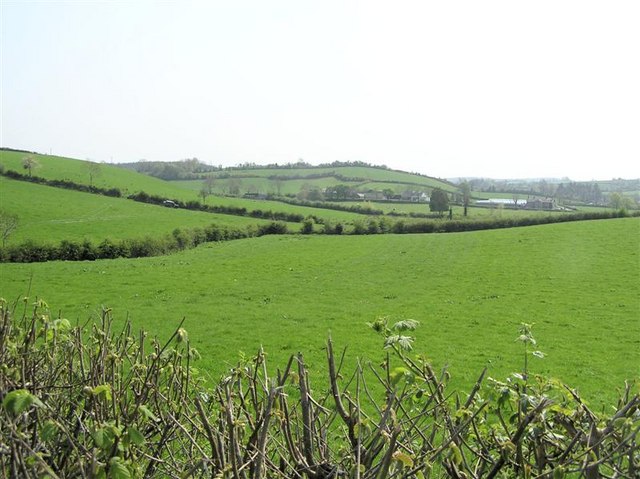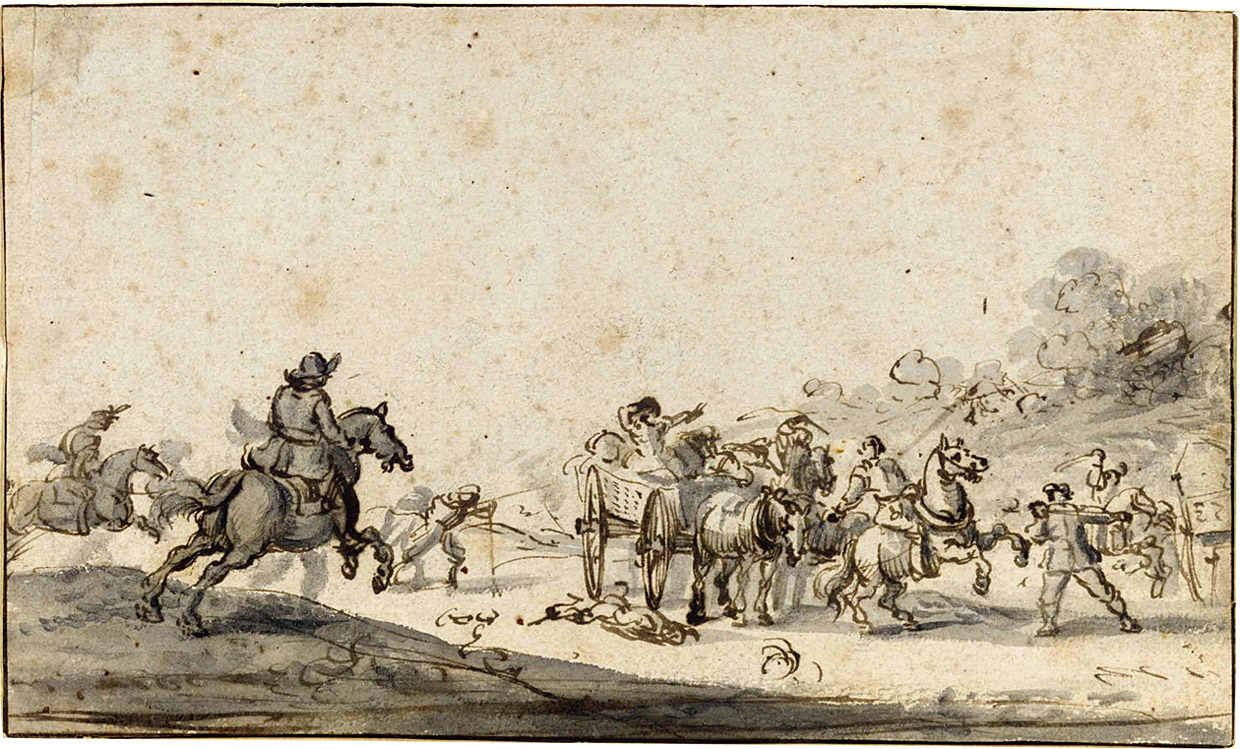|
Independent Commission For The Location Of Victims' Remains
The Independent Commission for the Location of Victims' Remains (ICLVR) was established by treaty between the Her Majesty's Government, United Kingdom Government and the Government of Ireland, made on 27 April 1999 in connection with the affairs of Northern Ireland, in order to locate 16 missing Irish and British people presumed murdered during The Troubles.Joint Statement by the British and Irish governments announcing the next steps on location of 'The Disappeared', (3 August 2006) Cain Web Service The 16, referred to colloquially as "Disappeared (Northern Ireland), The Disappeared", were separately abducted, killed and buried in Ireland and France over the last 35 years, mainly in the 1970s. It is believed t ... [...More Info...] [...Related Items...] OR: [Wikipedia] [Google] [Baidu] |
Treaty
A treaty is a formal, legally binding written agreement between sovereign states and/or international organizations that is governed by international law. A treaty may also be known as an international agreement, protocol, covenant, convention, pact, or exchange of letters, among other terms; however, only documents that are legally binding on the parties are considered treaties under international law. Treaties may be bilateral (between two countries) or multilateral (involving more than two countries). Treaties are among the earliest manifestations of international relations; the first known example is a border agreement between the Sumer, Sumerian city-states of Lagash and Umma around 3100 BC. International agreements were used in some form by most major civilizations and became increasingly common and more sophisticated during the Early modern period, early modern era. The early 19th century saw developments in diplomacy, foreign policy, and international law reflected by ... [...More Info...] [...Related Items...] OR: [Wikipedia] [Google] [Baidu] |
Disappearance Of Peter Wilson
Peter Wilson (1952 – 1 August 1973) was a man from Northern Ireland who was abducted and killed by the Provisional Irish Republican Army. The IRA never gave any explanation for his abduction and murder. His body was not found for 37 years, and he was listed as one of the Disappeared by the Independent Commission for the Location of Victims' Remains. Disappearance Wilson, a native of West Belfast, with five siblings, was described as "a vulnerable man with learning difficulties". He was abducted by the IRA in the summer of 1973, somewhere in the St. James area of Belfast, and killed. Only in 2009 was he added to the list of Northern Ireland's 'Disappeared'. His body was located at the beach in Waterfoot, County Antrim on 2 November 2010, the day after excavations began following the receipt of "reliable and high quality" information. His family had often walked on the beach, unaware that he was buried there. Wilson was the ninth of the known "Disappeared" to be located since 19 ... [...More Info...] [...Related Items...] OR: [Wikipedia] [Google] [Baidu] |
Carlingford, County Louth
Carlingford (; ) is a coastal town and civil parish in northern County Louth, Ireland. For the purposes of local government, the town is part of the Dundalk Municipal District. It is situated on the southern shore of Carlingford Lough with Slieve Foy mountain as a backdrop, sometimes known as Carlingford Mountain. It is the main town on the Cooley Peninsula. Located on the R176/ R173 roads between Greenore and Omeath village, Carlingford is approximately north east (by road) from Dundalk (15.6 km; 9¾ miles directly), north of Dublin and south of the border with Northern Ireland. Carlingford won the Irish Tidy Towns Competition in 1988. Carlingford still retains its medieval layout noticeable by the narrow lanes and small streets. Tholsel Street is where the last of the medieval walled town's gates can still be seen, called "The Tholsel" which apparently was also used as a gaol, on Tholsel Street itself there is still a 16th-century Town House known as the Carling ... [...More Info...] [...Related Items...] OR: [Wikipedia] [Google] [Baidu] |
County Monaghan
County Monaghan ( ; ) is a Counties of Ireland, county in Ireland. It is in the Provinces of Ireland, province of Ulster and is part of Border Region, Border strategic planning area of the Northern and Western Region. It is named after the town of Monaghan. Monaghan County Council is the Local government in the Republic of Ireland, local authority for the county. The population of the county was 65,288, according to the 2022 census. The county has existed since 1585 when the Mac Mathghamhna rulers of Airgíalla agreed to join the Kingdom of Ireland. Following the 20th-century Irish War of Independence and the signing of the Anglo-Irish Treaty, Monaghan was one of three Ulster counties to join the Irish Free State rather than Northern Ireland. Geography and subdivisions County Monaghan is the fifth-smallest of the Republic's 26 counties by area, and the fourth smallest by population. It is the smallest of Ulster's nine counties in terms of population. Baronies * Cremorne (ba ... [...More Info...] [...Related Items...] OR: [Wikipedia] [Google] [Baidu] |
Northern Ireland Peace Process
The Northern Ireland peace process includes the events leading up to the 1994 Provisional Irish Republican Army (IRA) ceasefire, the end of most of the violence of the Troubles, the Good Friday Agreement of 1998, and subsequent political developments. Timeline Towards a ceasefire In 1994, talks between the leaders of the two main Irish nationalist parties in Northern Ireland, John Hume of the Social Democratic and Labour Party (SDLP), and Gerry Adams of Sinn Féin (SF), continued. These talks led to a series of joint statements on how the violence might be brought to an end. The talks had been going on since the late 1980s and had secured the backing of the Irish government through an intermediary, the priest Alec Reid. In November it was revealed that the British government had also been in talks with the Provisional IRA, although they had long denied it. On Wednesday 15 December 1993, the Downing Street Declaration was issued by John Major, Prime Minister of the United Ki ... [...More Info...] [...Related Items...] OR: [Wikipedia] [Google] [Baidu] |
Irish National Liberation Army
The Irish National Liberation Army (INLA, ) is an Irish republicanism, Irish republican Socialism, socialist paramilitary group formed on 8 December 1974, during the 30-year period of conflict known as "the Troubles". The group seeks to remove Northern Ireland from the United Kingdom and create a Socialist state, socialist republic encompassing United Ireland, all of Ireland. With membership estimated at 80–100 at their peak, it is the paramilitary wing of the Irish Republican Socialist Party (IRSP). The INLA was founded by former members of the Official Irish Republican Army who opposed that group's ceasefire. It was initially known as the People's Liberation Army. The INLA Timeline of Irish National Liberation Army actions, waged a paramilitary campaign against the British Army and Royal Ulster Constabulary (RUC) in Northern Ireland. It was also active to a lesser extent in the Republic of Ireland, Great Britain and mainland Europe. High-profile attacks carried out by the IN ... [...More Info...] [...Related Items...] OR: [Wikipedia] [Google] [Baidu] |
Irish Republican Socialist Party
The Irish Republican Socialist Party or IRSP () is a minor communist, Marxist–Leninist and Irish republican party in Ireland. It is often referred to as the "political wing" of the Irish National Liberation Army (INLA) paramilitary group.UK and Ireland welcome INLA ceasefire ", BBC News, 23 August 1998 The party's youth wing is the Republican Socialist Youth Movement (RSYM). It was founded by former members of 'Official' Sinn Féin in 1974 during , but claims the legacy of the [...More Info...] [...Related Items...] OR: [Wikipedia] [Google] [Baidu] |
Seamus Ruddy
The Disappeared refers to 17 people from Northern Ireland believed to have been abducted, murdered and secretly buried during the Troubles. The Independent Commission for the Location of Victims' Remains (ICLVR) is in charge of locating the remaining bodies, and was led by forensic archaeologist John McIlwaine. Background Of the 17 people investigated by the ICLVR, all were Irish Catholics ( Jean McConville was a convert), all except Jean McConville were male, and all are believed to have been abducted and killed by Irish Republicans. The Provisional IRA admitted to being involved in the forced disappearance of nine of the Disappeared: Eamon Molloy, Seamus Wright, Kevin McKee, Jean McConville, Columba McVeigh, Brendan Megraw, John McClory, Brian McKinney, and Danny McIlhone. British Army officer Robert Nairac, who disappeared from South Armagh, was a Mauritius-born Roman Catholic. The organisation said they could only accurately locate the body of one of their victims, but g ... [...More Info...] [...Related Items...] OR: [Wikipedia] [Google] [Baidu] |
Charles Armstrong (Northern Ireland)
Charles Armstrong was a 55 year old labourer from Crossmaglen who disappeared on 16 August 1981. It is suspected that he was abducted and killed allegedly by the Provisional IRA. No reason, in this case, has ever been publicly given. Armstrong and his wife Kathleen had five children. Armstrong's body was retrieved in July 2010, in a bog near Aughrim More and his funeral took place on 18 September 2010. Disappearance On the day Armstrong disappeared, his wife walked with their daughters to Mass, where they had planned to meet him after he drove a friend to it. He did not appear and it was only when they got home that they discovered that he had not met their friend. Initially, it was thought that he had had an accident, so his family and friends searched the area, but there was no sign of him. The next day, a friend phoned the family to tell them that his car had been found outside a cinema in Dundalk. His name did not appear on a list of nine people whose disappearances the Prov ... [...More Info...] [...Related Items...] OR: [Wikipedia] [Google] [Baidu] |
Gerard Evans
Gerard Evans (1955–1979) was one of the "Disappeared" of the Troubles. Having gone missing in March 1979, his body was recovered 31 years later in October 2010. Early life Gerard Evans, known as "Gerry", was a 24-year-old painter and decorator from Crossmaglen, County Armagh, in Northern Ireland. Disappearance Evans was kidnapped by the Provisional Irish Republican Army in March 1979 whilst hitch-hiking in the Castleblaney neighbourhood in County Monaghan, Republic of Ireland. After a lengthy questioning involving a party of twelve local PIRA members on the accusation of being an intelligence agent for the British Government in the Armagh/Monaghan district, Evans was taken at night into the County Louth landscape, where, after pleading for mercy from his kidnappers, and being permitted to make a last prayer, he was shot in the back of the head. His body was afterwards illicitly buried in an unmarked grave in a peat bog at Carrickrobbin, near Hackballcross in County Louth, f ... [...More Info...] [...Related Items...] OR: [Wikipedia] [Google] [Baidu] |
Robberies
Robbery is the crime of taking or attempting to take anything of value by force, threat of force, or use of fear. According to common law, robbery is defined as taking the property of another, with the intent to permanently deprive the person of that property, by means of force or fear; that is, it is a larceny or theft accomplished by an assault. Precise definitions of the offence may vary between jurisdictions. Robbery is differentiated from other forms of theft (such as burglary, shoplifting, pickpocketing, or car theft) by its inherently violent nature (a violent crime); whereas many lesser forms of theft are punished as misdemeanors, robbery is always a felony in jurisdictions that distinguish between the two. Under English law, most forms of theft are triable either way, whereas robbery is triable only on indictment. Etymology The word "rob" came via French from Late Latin words (e.g., ''deraubare'') of Germanic origin, from Common Germanic ''raub'' "theft". Types of ... [...More Info...] [...Related Items...] OR: [Wikipedia] [Google] [Baidu] |
Brendan Megraw
Brendan Megraw (1955 – disappeared 8 April 1978, aged 23) was a man who was abducted and killed by the Irish Republican Army (IRA) during the Troubles. He was one of the " Disappeared," individuals secretly buried by republicans during the conflict. His remains were recovered in 2014, after more than 36 years of searching. Early life Megraw was born in 1955 in Glenavy, County Antrim, as the third child in a family of four siblings, born to Bobby and Brigid Megraw. Soon after his birth, the family relocated to Owenvarragh, Belfast, drawn by the availability of running water and electricity, which greatly improved their living conditions. Brendan attended Saint Finian’s and De La Salle schools, where he developed a strong interest in crafts such as metalwork and woodwork. He also had a love for music and was known for his creative spirit. Brendan’s father died in 1963 at the age of 39, when he was just eight years old. His mother, Brigid, held onto hope throughout her lif ... [...More Info...] [...Related Items...] OR: [Wikipedia] [Google] [Baidu] |



